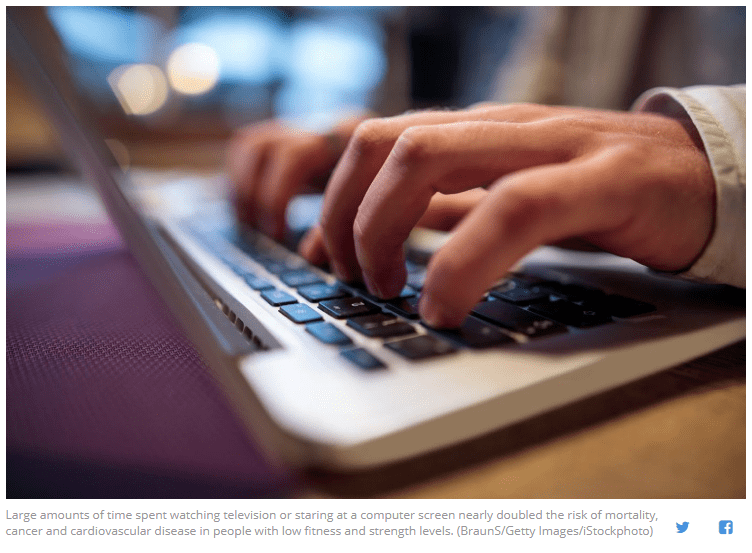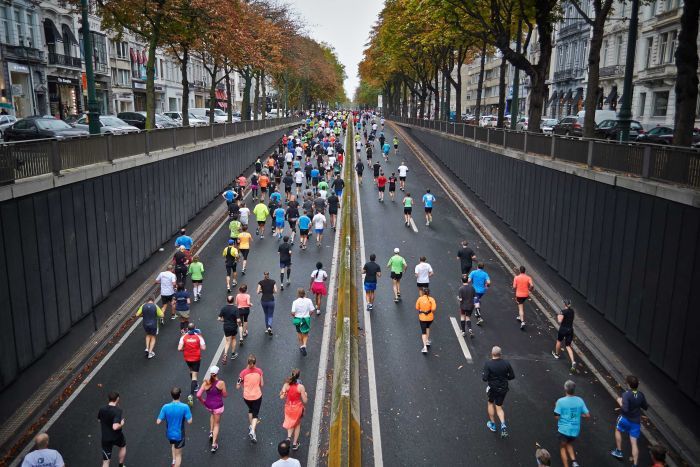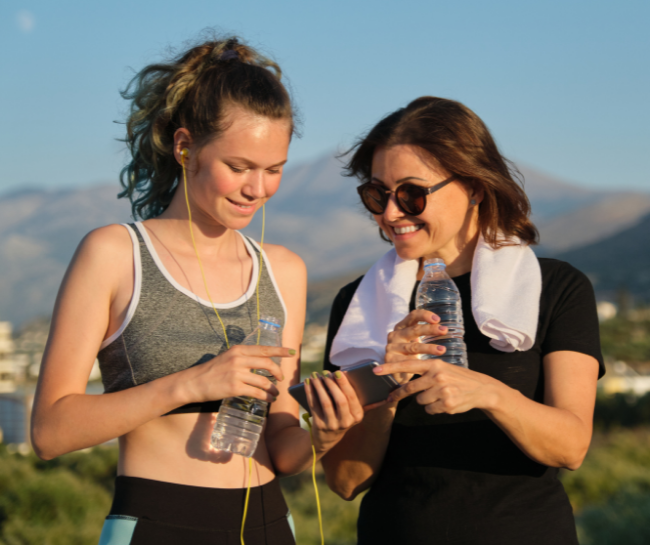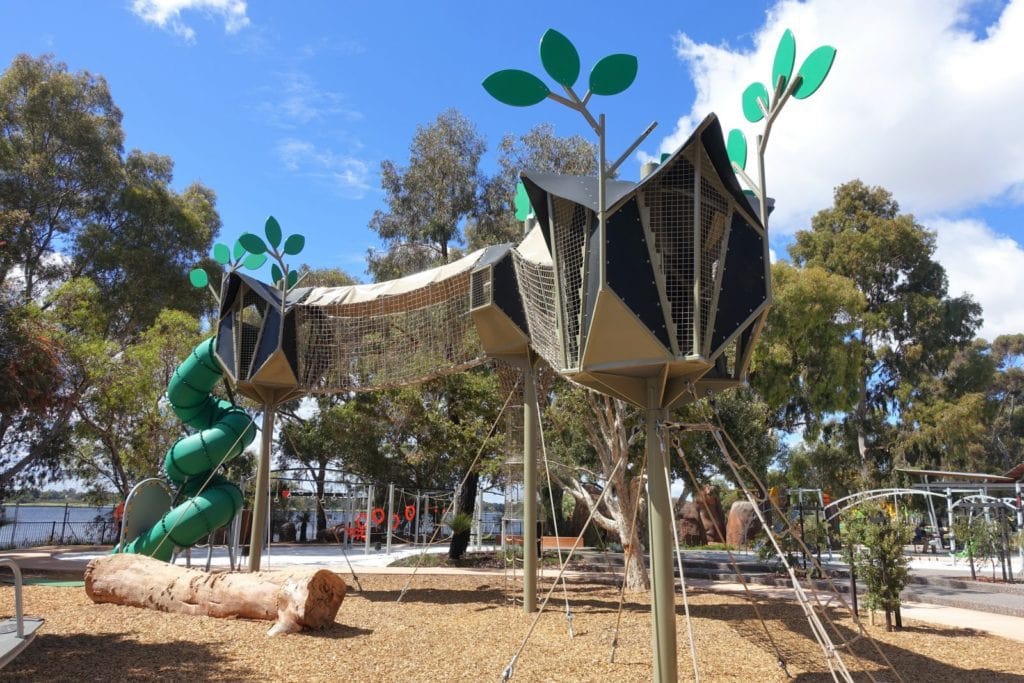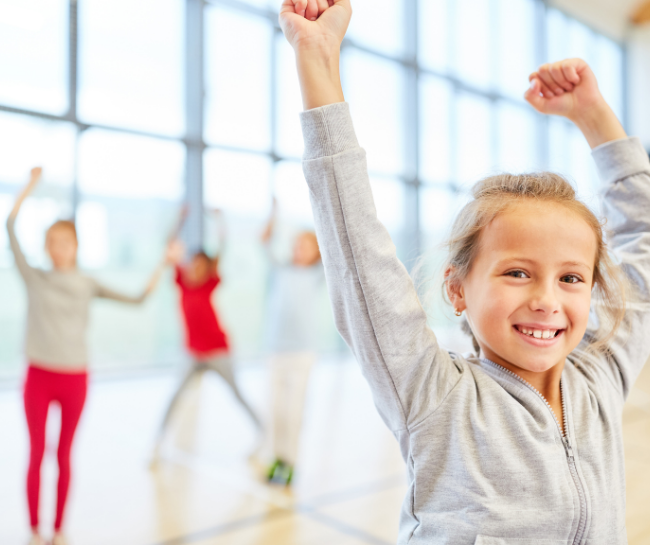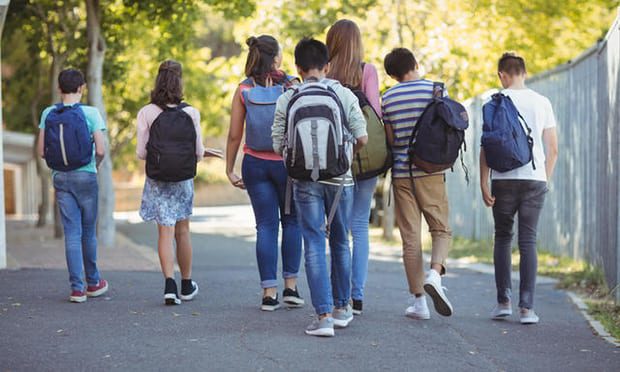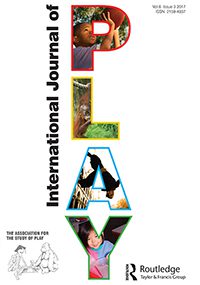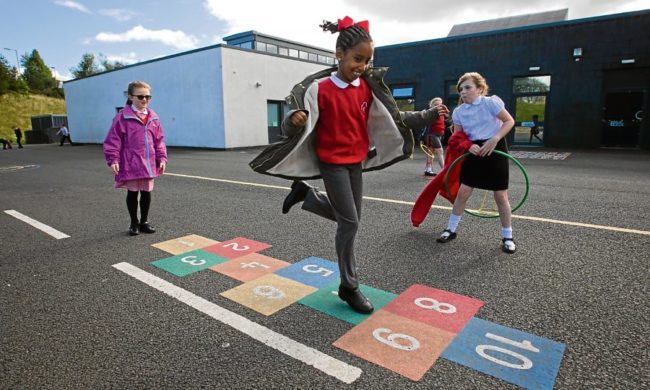Too much screen time may double cancer, mortality risk of already unhealthy people
Associations of discretionary screen time with mortality, cardiovascular disease and cancer are attenuated by strength, fitness and physical activity: findings from the UK Biobank study
Too much screen time may double cancer, mortality risk of already unhealthy people Read More »

